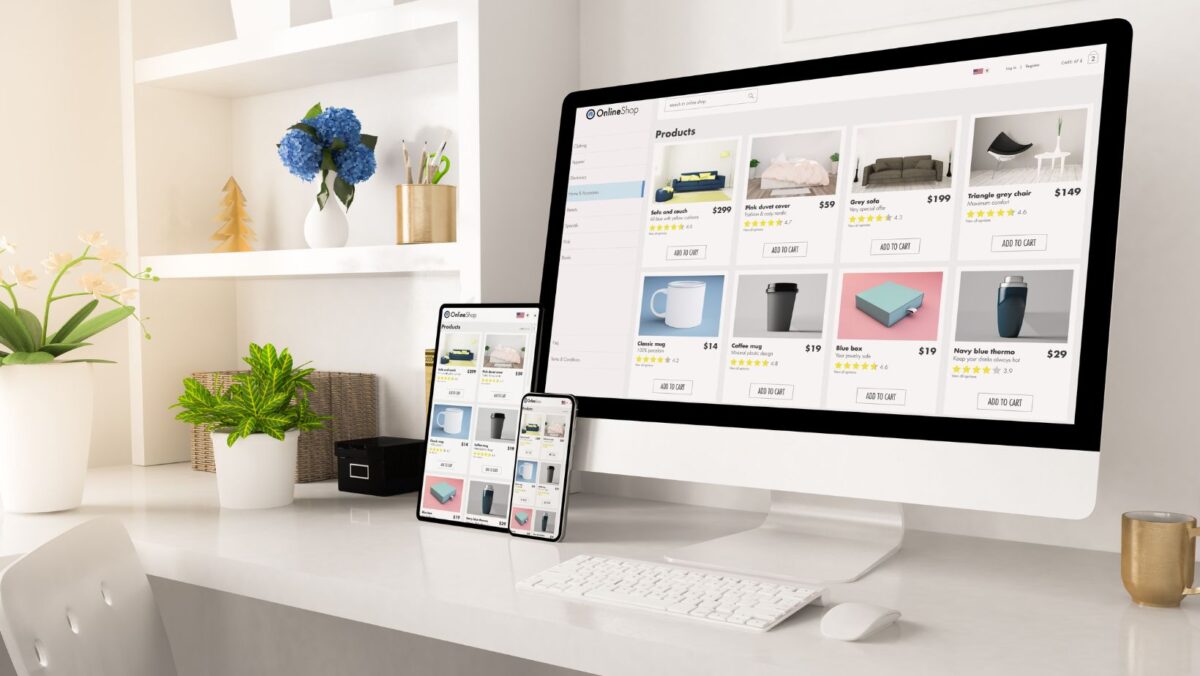Are you looking to create a stunning and effective Shopify website for your business? Look no further, as I’ve got you covered! In this article, I’ll be sharing my expertise and knowledge on how to design a top-notch Shopify website that will not only attract customers but also drive sales. Whether you’re a beginner or an experienced web designer, these tips and tricks will help you create a visually appealing and user-friendly online store that stands out from the competition.
How to Design a Shopify Website
Designing a Shopify website is an exciting endeavor that allows you to showcase your brand and products to the world. With its user-friendly interface and mobile-friendly design, Shopify makes it easy for anyone to create a visually appealing and functional website. In this section, I will guide you through the key elements of designing a Shopify website, focusing on its easy-to-use interface and mobile-friendly design.
Easy-to-Use Interface
One of the reasons why Shopify is so popular among entrepreneurs and small business owners is its intuitive and easy-to-use interface. Even if you don’t have any coding or design experience, you can still create a professional-looking website that reflects your brand identity. Here’s how:
- Choose a theme: Shopify offers a wide range of professionally designed themes that you can customize to suit your brand. Browse through the theme store, select a theme that aligns with your vision, and customize it with your own colors, fonts, and images.
- Drag-and-drop editor: With Shopify’s drag-and-drop editor, you can easily arrange and customize the layout of your website. Simply select elements such as images, text boxes, and buttons, and drag them to the desired position on your page. This allows you to create a unique and engaging website without the need for complex coding.
- Customize your content: Personalize your website by adding your own content, such as product descriptions, blog posts, and images. Shopify’s content management system makes it easy to organize and update your content, ensuring that your website always stays fresh and relevant.
- Optimize for SEO : To ensure your Shopify website ranks well in search engines, optimize it for SEO by incorporating relevant keywords into product descriptions, meta titles, and image alt texts. Additionally, focus on fast loading times, mobile-friendly design, and clean URL structures. You can also enhance the customer experience by adding QR codes to your product packaging, allowing customers to easily reorder items or leave reviews. This strategy not only improves user engagement but also helps drive repeat traffic, contributing to better SEO performance. Consider VPS Hosting: For enhanced performance, an Ubuntu VPS can provide the flexibility and resources you to customize your store, while giving you more control over your site’s hosting environment.

Setting Up Your Shopify Store
Choosing a Theme
When it comes to designing your Shopify website, one of the first steps is to choose a theme that aligns with your brand identity and resonates with your target audience. Shopify offers a wide range of professionally designed themes that are visually appealing and user-friendly. Here are some tips to help you choose the right one:
- Consider your brand: Think about the colors, fonts, and overall aesthetic that best represent your brand. Look for a theme that allows you to showcase your brand identity effectively.
- Evaluate the features: Take a close look at the features and functionality offered by each theme. Consider what you need for your website, whether it’s a blog section, product filters, or social media integration. Choose a theme that has the features that will enhance your customers’ experience.
- Check for responsiveness: With the increasing use of mobile devices, it’s crucial to have a website that is mobile-friendly. Ensure that the theme you choose is responsive, meaning it adapts seamlessly to different screen sizes.
Customizing Your Theme
Once you have chosen a theme for your Shopify store, it’s time to customize it to make it truly unique and reflective of your brand. Here are some key steps to help you customize your theme effectively:
- Logo and branding: Upload your logo and customize the colors and fonts to match your brand. Consistency in branding across your website helps to establish a cohesive and professional look.
- Navigation: Customize your navigation menu to ensure easy navigation for your visitors. Organize your products and pages in a logical and intuitive way, making it simple for customers to find what they are looking for.
- Homepage layout: Tailor your homepage layout to highlight your key products, promotions, or any other important information. Use a combination of text, images, and videos to create an engaging and visually appealing experience for your visitors.
- Product pages: Customize your product pages to showcase your products in the best possible light. Use high-quality images, detailed descriptions, and customer reviews to build trust and encourage conversions.
- Checkout process: Streamline the checkout process to minimize friction and increase conversions. Remove unnecessary steps and fields, and consider offering guest checkout to make it as easy as possible for customers to complete their purchase.
By carefully choosing and customizing your Shopify theme, you can create a visually appealing and user-friendly website that effectively represents your brand and drives conversions. Don’t rush this process – take the time to ensure every element of your website reflects your brand identity and provides a seamless experience for your customers.

